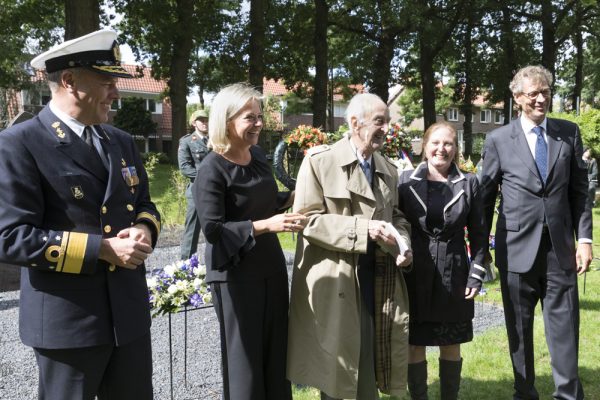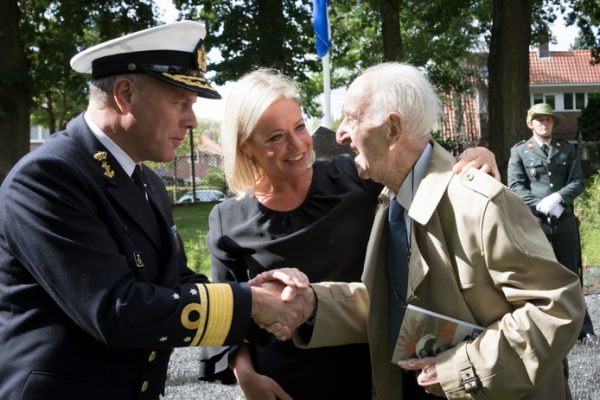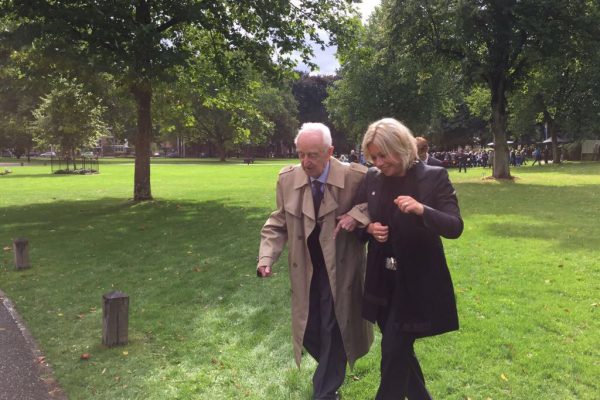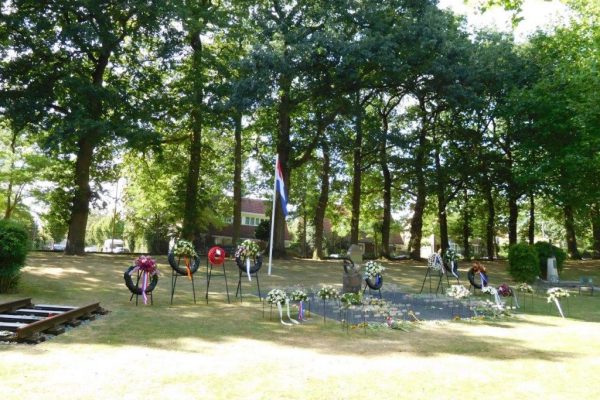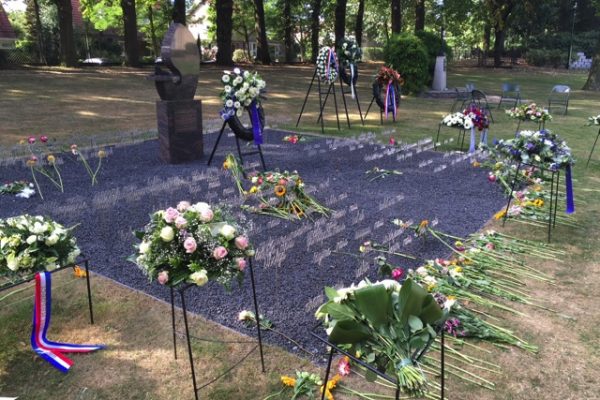“I went to sea with the Dutch merchant navy when I was 15 years old. I was captured by the Japanese on the island of Java, in the former colony the Dutch East Indies (now called Indonesia). I was initially kept as a detained citizen in Struiswijk Prison, before they decided to transport me as a prisoner of war (POW) to a forced labour camp in Sumatra. In this sea crossing from Java to Sumatra, I survived one of the worst naval disasters of the Second World War: the sinking of the Junyo Maru. Finally, I endured slave labour on the Pakan Baroe railway in Sumatra until we were liberated.“
Willem Punt
Photo sources: Bronbeek,
Wim van der Korput and Traces of War
Willem was born in 1921. At the time of writing he’s 95 years old. He was born in Ijmuiden and went to sea aged 15, as there was no money to see him through further education and he tried to improve his life.
He travelled around the world as a “Stoker’s Boy”. This job could be described as a servant for the engine room personnel. “My task was to keep the rooms clean, to take care of their food and clean the dishes. As Stoker’s Boy you were expected to know nothing at all, as you were the lowest rank possible and often treated as such.”
He was in Java when the Japanese invaded. He was imprisoned as a “detained citizen” in Struiswijk prison. He was transported out as a Prisoner of War and taken on the Hellship Junyo Maru to Padang/Emmahaven. He was then set to work in the horrendous labour camps building the Pakan Baroe railway line, which was intended to transport coal to help the Japanese war efforts.
Willem has survived several major events during the war. He has an incredible memory and is able to recall people, places and with amazing accuracy. He’s been editing the book with me, and just crosses out dates, or alters numbers easily. I’ve shown him old film footage of Batavia and he remembers certain areas still. He’s looked through photos and smiles as he remembers more people and places.
I showed him a photo of a place that I hoped was Pintu Besi, which he mentioned as a hotel his colleauges stayed in. I showed him photos and he just said, no that’s way too posh! He then translated Pintu Besi as “iron door” for me.
The illustration of the Junyo Maru on the back cover of the book was something I drew to understand the layout of the ship. Within minutes of seeing this, Willem had scribbled corrections all over it! It’s been great to have his time and effort to keep this as historically accurate as possible.
After the war Willem married Wilhelmina, and together they travelled to Curacao. They had two children; a girl and a boy. He worked as a Navigator on long haul trips and later was employed in the nautical service of Shell Rotterdam. He was often quizzed as he knew the world seas and all the transport ships.
Through his work he’s travelled the world and seen a lot. Wim says he doesn’t feel the need to travel anymore, but he did enjoy taking the Eurostar to England for our wedding day in 2006.
Every year Willem goes to Bronbeek memorial near Arnhem for the Hellship’s memorial. He’s always well received and though it’s a day that brings back all his nightmares from the past, he is a known storyteller and can recite in great detail to all other attendees.
He now lives in the Netherlands with his wife, near his daughter, grandson and great grandchildren. He is beautiful to watch with the great grandchildren and was so calming that, as babies, they would happily snuggle and settle down to sleep in his arms. Even though the girls are older now, they still feel at home snuggled up on his lap.
He lived a full life and died within a few months of his wife, at the ripe old age of 100 (15 august 2021). He will be sorely missed by his family.








